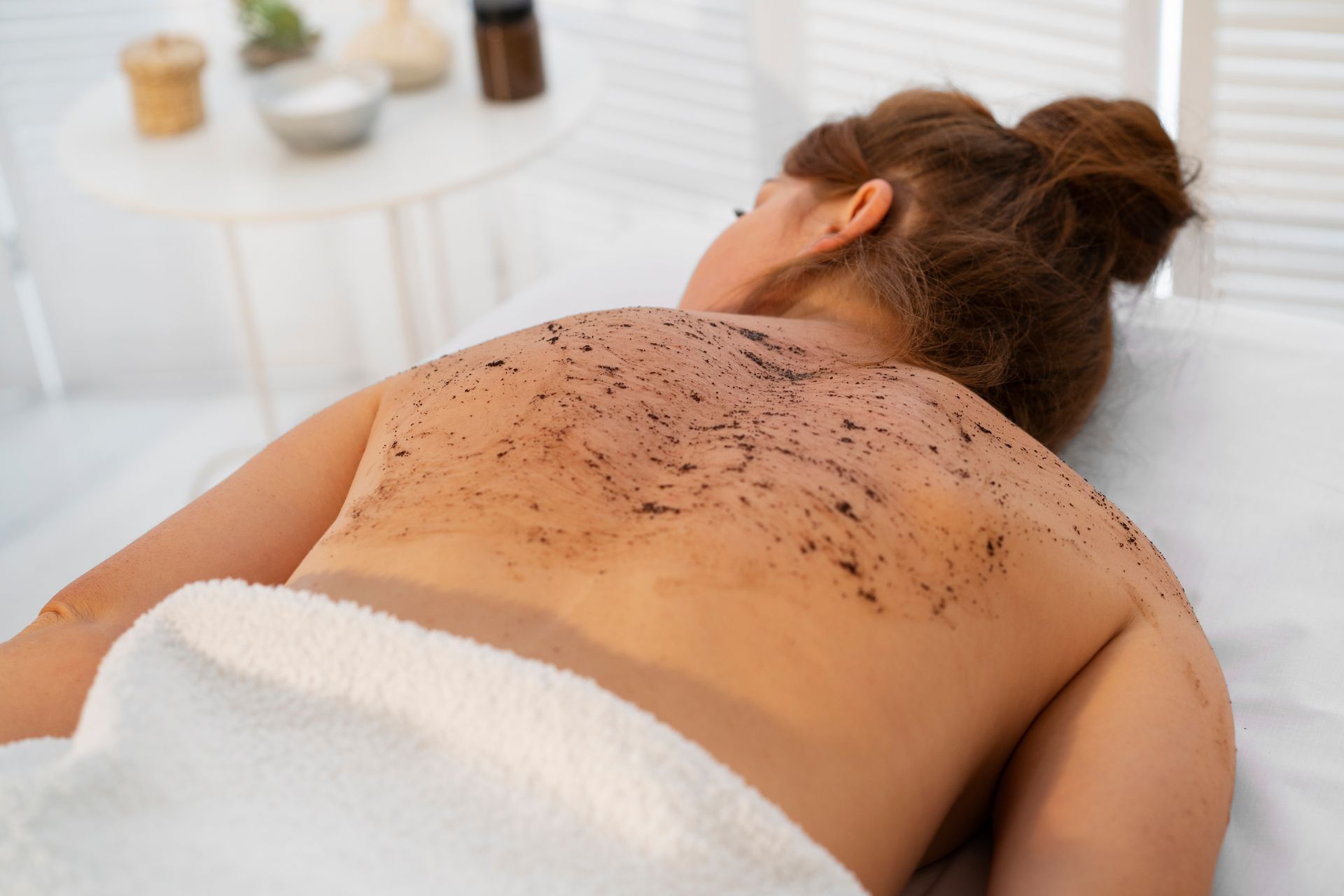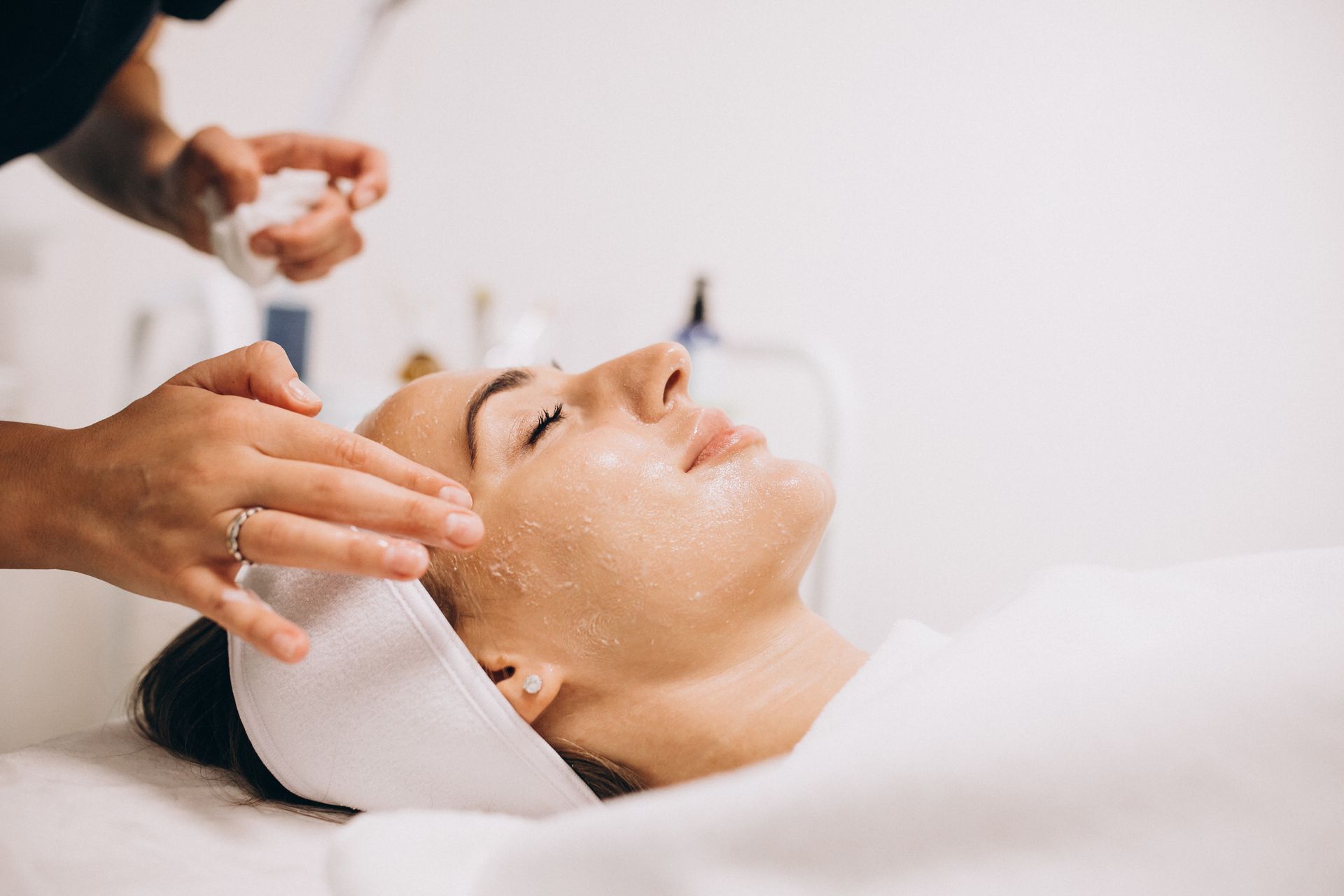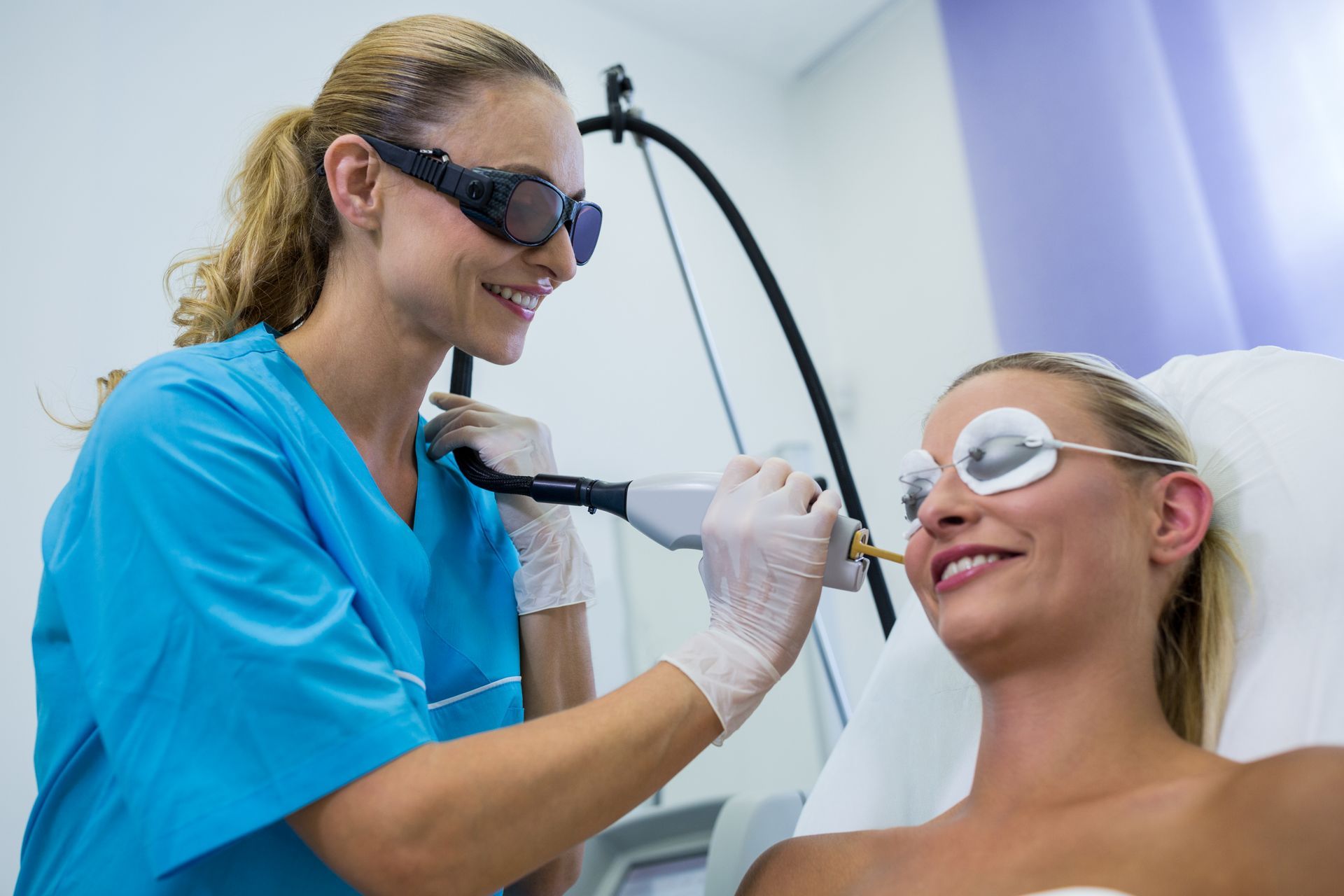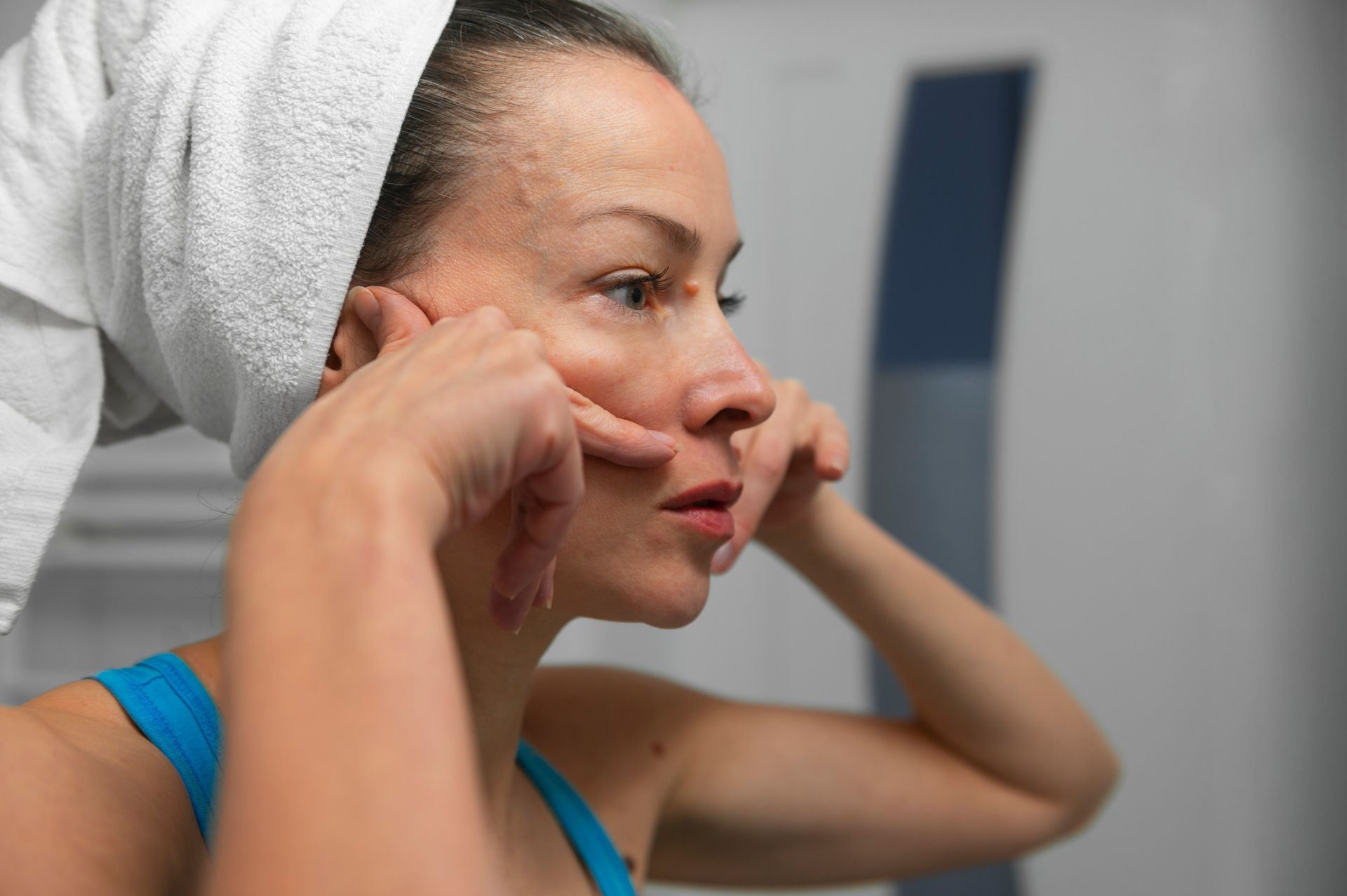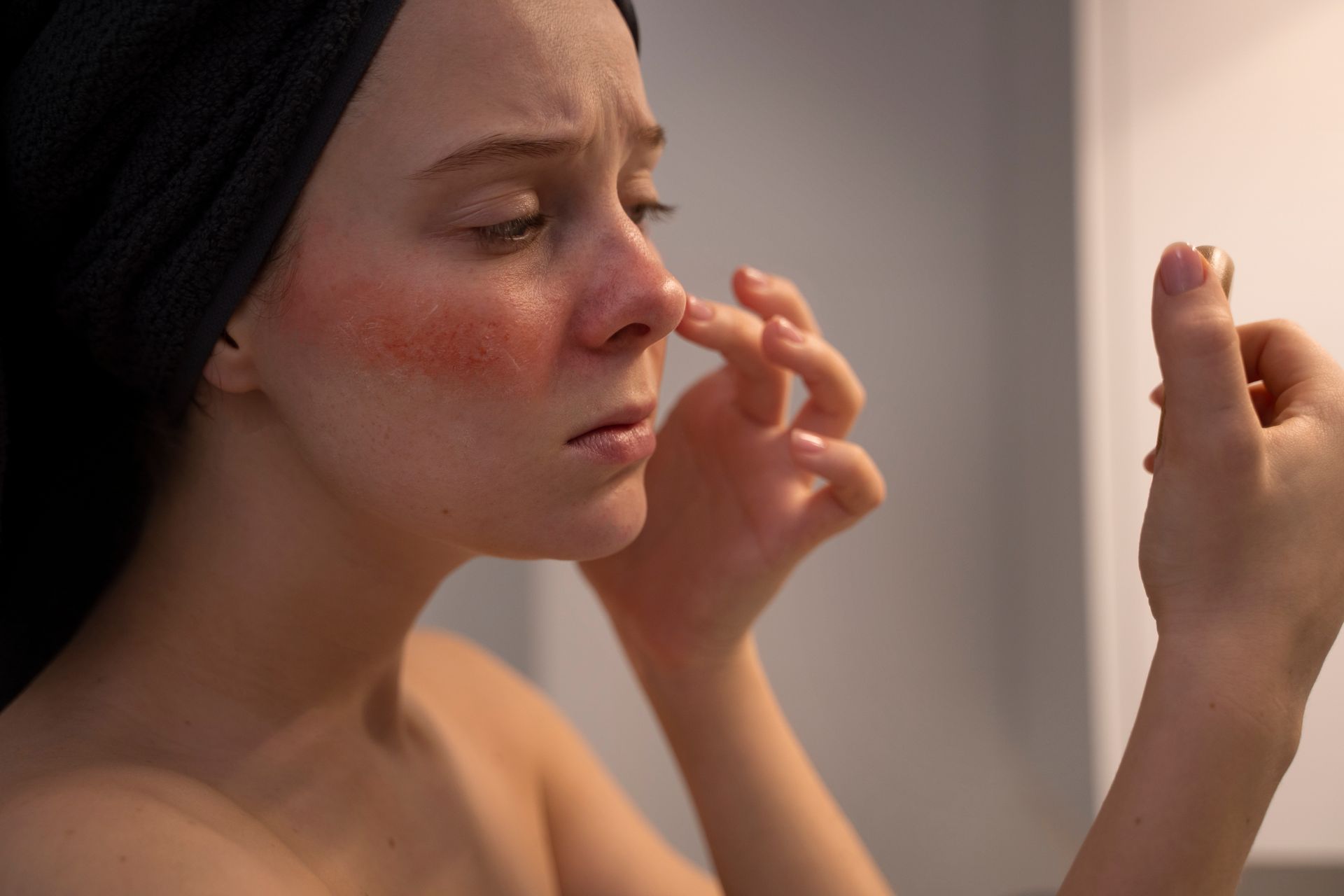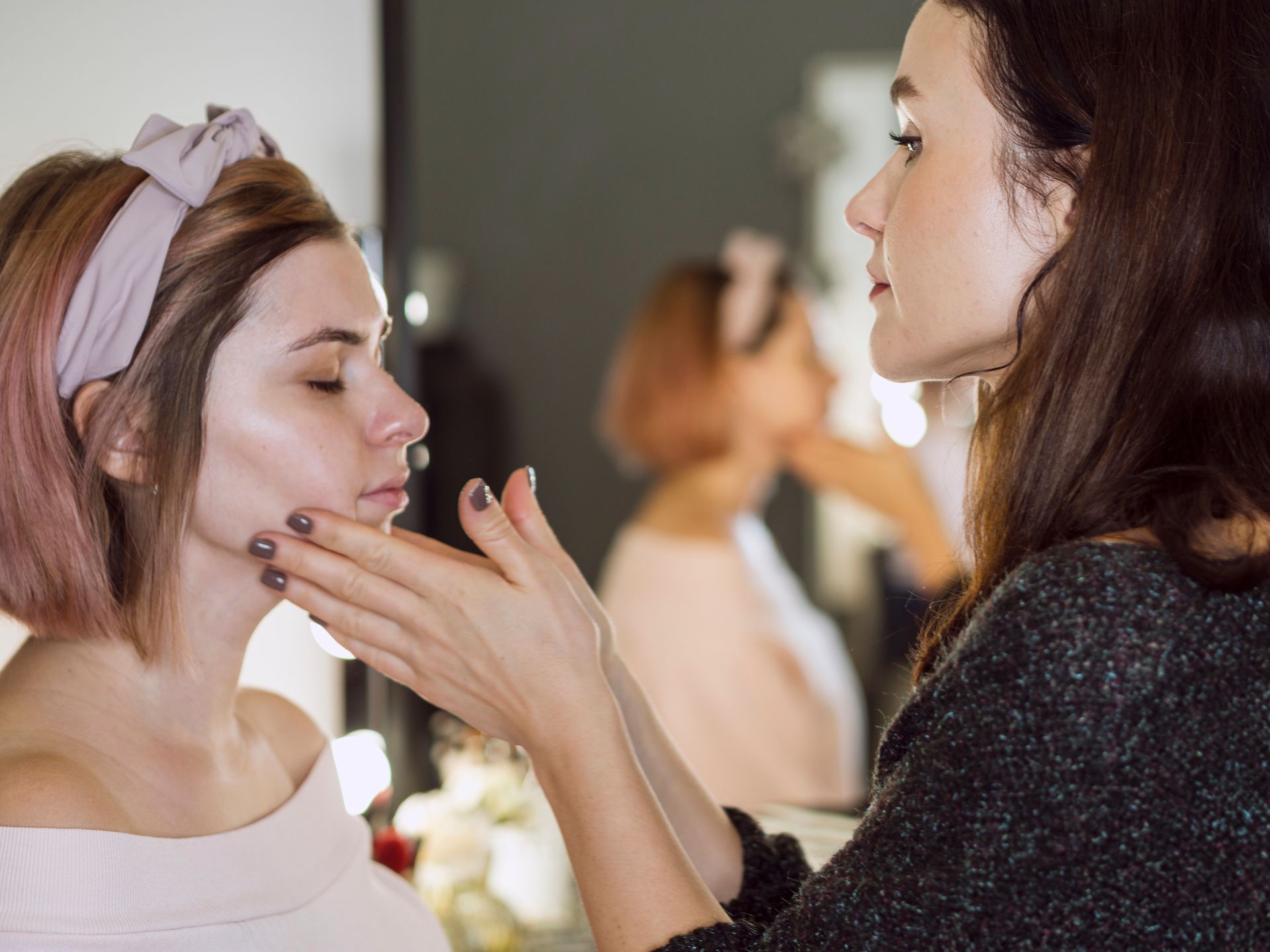How Many Laser Sessions Are Ideal for Underarm Hair Removal?
Underarm laser hair removal stands as a popular and effective method for achieving long-term hair reduction in a targeted area. This cosmetic procedure harnesses the power of concentrated light to target and disable hair follicles, offering a semi-permanent solution to unwanted underarm hair. Understanding the ideal number of laser sessions required for optimal results is essential for individuals seeking a smooth and hair-free underarm area.
The purpose of this guide is to delve into the details of underarm laser hair removal, specifically the factors that influence the number of treatment sessions required for effective and long-lasting results. From understanding the treatment process to considering individual factors that impact the outcome, this guide aims to provide insights into determining the ideal number of sessions required. Also, it offers practical tips for preparation, aftercare, and addresses common queries to ensure a well-informed approach towards achieving successful underarm laser hair removal outcomes.
Understanding the Treatment Process
Laser hair removal is a cosmetic procedure designed to reduce or eliminate unwanted hair by targeting the hair follicles' melanin, the pigment that gives hair its color. The procedure involves the use of a concentrated beam of light, emitted by the laser device, which is absorbed by the melanin in the hair follicles. This absorbed light energy transforms into heat, damaging the follicles and inhibiting future hair growth without causing harm to the surrounding skin.
How it Works on Underarms
Specifically targeting underarm hair, the laser hair removal process begins with the area being prepped and cleaned. A specialized handheld device emits the laser pulses, precisely targeting the underarm region. The melanin in the hair absorbs the laser energy, effectively damaging the follicles and hindering their ability to grow hair.
Underarm hair typically responds well to laser treatments due to the pigment concentration in the hair follicles. The dark and coarse nature of underarm hair makes it an ideal candidate for laser hair removal. However, multiple sessions are often required for comprehensive results due to the hair growth cycle and the varying phases of hair follicles at the time of treatment.
The procedure is relatively quick, with most sessions lasting between 15 to 30 minutes, depending on the size of the treatment area. After each session, there might be temporary redness or mild irritation in the treated area, which usually subsides within a few hours.
Understanding the intricacies of how laser hair removal works on underarms is essential for individuals considering this method for
achieving smoother, hair-free underarms. It's a scientifically proven and increasingly popular choice for those seeking a semi-permanent solution to unwanted hair.
Factors Influencing Treatment Duration
Hair Type and Color: The characteristics of hair, such as its thickness, color, and texture, significantly influence the duration and effectiveness of laser hair removal treatments. Dark, coarse hair responds most favorably to laser treatments due to its high melanin content, which readily absorbs the laser energy. Conversely, lighter or finer hair, especially blonde, red, or gray hair with less melanin, may be more challenging to treat as the laser has less pigment to target, potentially requiring more sessions for optimal results.
Skin Tone and Sensitivity:
Skin tone plays a pivotal role in laser hair removal treatments. The contrast between
hair color and skin tone is crucial for the laser to effectively target hair follicles without causing damage to the surrounding skin. Individuals with darker skin tones need specialized laser technologies that can differentiate between the hair follicles and the skin, reducing the risk of pigmentation changes or burns.
Skin sensitivity also impacts the treatment process. Sensitive skin might experience more discomfort during the procedure, requiring adjustments in laser settings or the use of cooling techniques to minimize discomfort and potential side effects.
Hormonal Factors:
Hormonal changes significantly impact hair growth patterns and cycles, influencing the effectiveness and duration of laser hair removal. Hormonal imbalances due to conditions like polycystic ovary syndrome (PCOS) or fluctuations in hormone levels
during pregnancy or menopause can affect hair growth. Consequently, individuals experiencing hormonal fluctuations may require additional sessions to address new hair growth stimulated by hormonal changes.
Understanding these factors is crucial as they contribute to the varying response of individuals to laser hair removal treatments. The uniqueness of each person's hair and skin characteristics, coupled with hormonal influences, underscores the importance of personalized treatment plans and consultations to achieve optimal and long-lasting results.
Ideal Number of Laser Sessions for Underarms
The ideal number of laser sessions required for underarm hair removal varies based on individual factors such as hair color, skin tone, hair thickness, and hormonal influences. Typically, a series of laser sessions are recommended to
achieve comprehensive and long-lasting results. On average, individuals may require anywhere between 6 to 8 sessions spaced several weeks apart to target hair in different growth phases effectively.
Factors such as the
hair growth cycle and the hair follicles' responsiveness to the laser treatment influence the determination of the optimal number of sessions. The treatment schedule is designed to coincide with the hair growth cycle, ensuring that the laser effectively targets hair follicles during their active growth phase (anagen phase) for optimal results.
Expected Results Over Sessions
Throughout the laser hair removal sessions, individuals can expect a gradual reduction in hair growth. Initial sessions may show noticeable hair reduction, but complete hair removal requires multiple sessions to target hair in various stages of the growth cycle. With each subsequent session, hair regrowth tends to become finer, lighter, and less dense. Consistency in sessions is key to achieving progressively smoother and hair-free underarms.
It's important to understand that individual responses to treatment vary. Factors such as adherence to the recommended treatment schedule, hormonal influences, and personal hair characteristics significantly influence the rate and effectiveness of results. While significant hair reduction can be achieved, some maintenance sessions might be necessary periodically to address any new hair growth stimulated by hormonal changes or hair follicles previously in the dormant phase.
Understanding the process and having realistic expectations regarding the expected results over multiple laser sessions is crucial. Consistent adherence to the recommended treatment plan, combined with patience, plays a pivotal role in achieving the desired outcomes of smoother and hair-free underarms.
Preparation and Aftercare Tips
Shave the Treatment Area: Before your laser hair removal session, ensure the underarm area is shaved. Avoid waxing, plucking, or any hair removal methods that pull out the hair follicle, as the laser targets the hair roots. Shaving ensures the laser effectively targets the hair shaft without singeing surface hair.
Avoid Sun Exposure: Limit exposure to direct sunlight or
tanning beds before your laser session. Sun exposure can increase skin sensitivity and the
risk of potential side effects like burns or pigmentation changes. Consider using broad-spectrum sunscreen on the treatment area when going outdoors.
Avoid Certain Skincare Products: Refrain from using skincare products that could irritate or sensitize the skin, such as harsh exfoliants, retinoids, or perfumed lotions, on the treatment area prior to your session.
Post-Treatment Care Guidelines
Cooling and Soothing: After the session, the treated area might feel slightly irritated. Applying a cool compress or soothing gel can help alleviate any discomfort. Avoid hot showers, saunas, or activities that might further irritate the skin.
Sun Protection:
Protect the treated area from sun exposure. Use sunscreen with a high SPF to prevent hyperpigmentation or sun sensitivity. Cover the area or use protective clothing if going out in the sun.
Avoid Irritants:
For a day or two
post-treatment, avoid products or activities that might irritate the skin, such as harsh chemicals, excessive sweating, or tight clothing that rubs against the treated area.
Moisturize:
Keep the skin well-hydrated by using a gentle, fragrance-free moisturizer to prevent dryness or flakiness.
Following these preparation and aftercare tips ensures that your skin is adequately prepared for the laser sessions and that you can maximize the benefits of the treatment while minimizing any potential side effects or discomfort.
Conclusion
Achieving optimal results with underarm laser hair removal hinges on understanding the recommended treatment sessions and embracing consistency throughout the process. Consistency, coupled with patience, is key to unlocking the full potential of this procedure, ensuring progressively smoother and hair-free underarms. By adhering to the ideal treatment plan and acknowledging the importance of consistent sessions, individuals can embark on a journey towards long-lasting hair reduction, enhancing confidence and comfort in the process.
BOOK YOUR FREE SESSION
